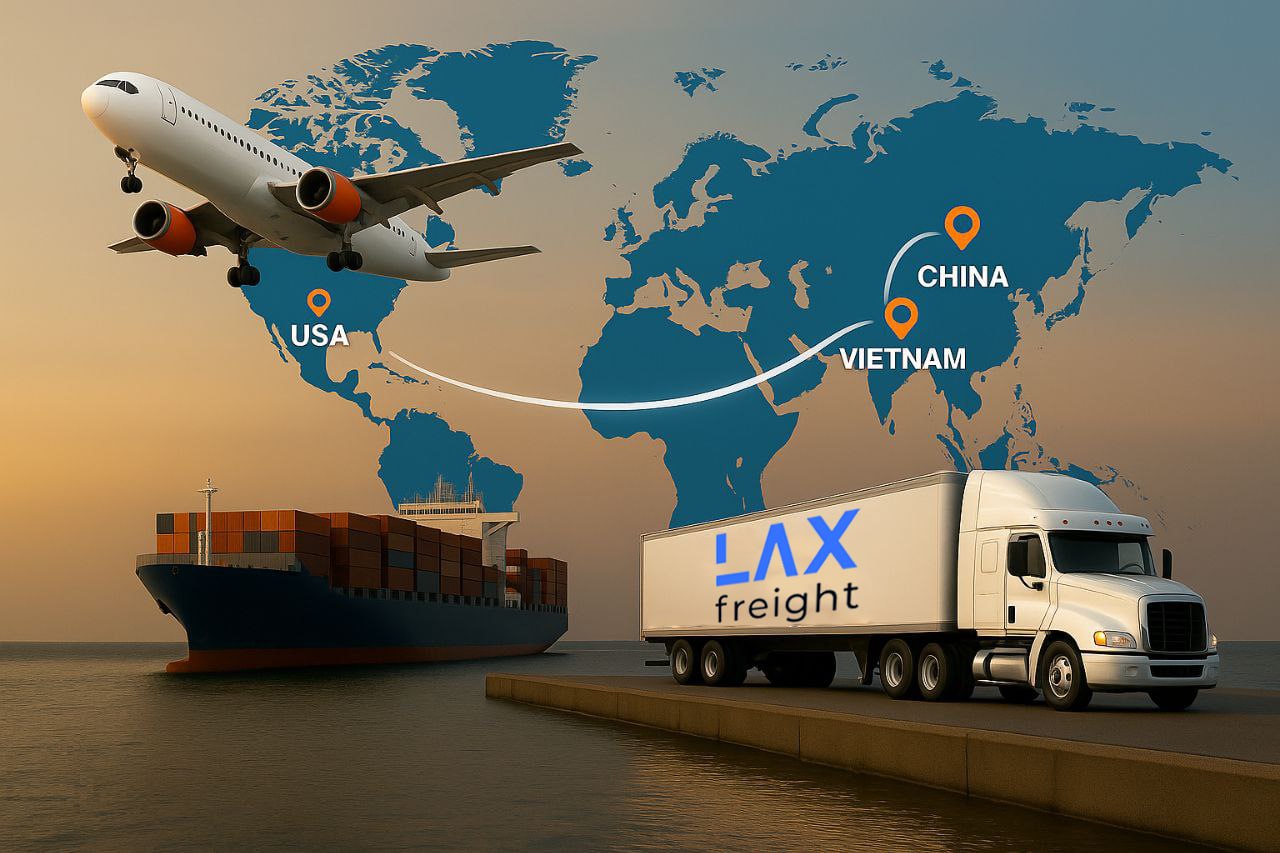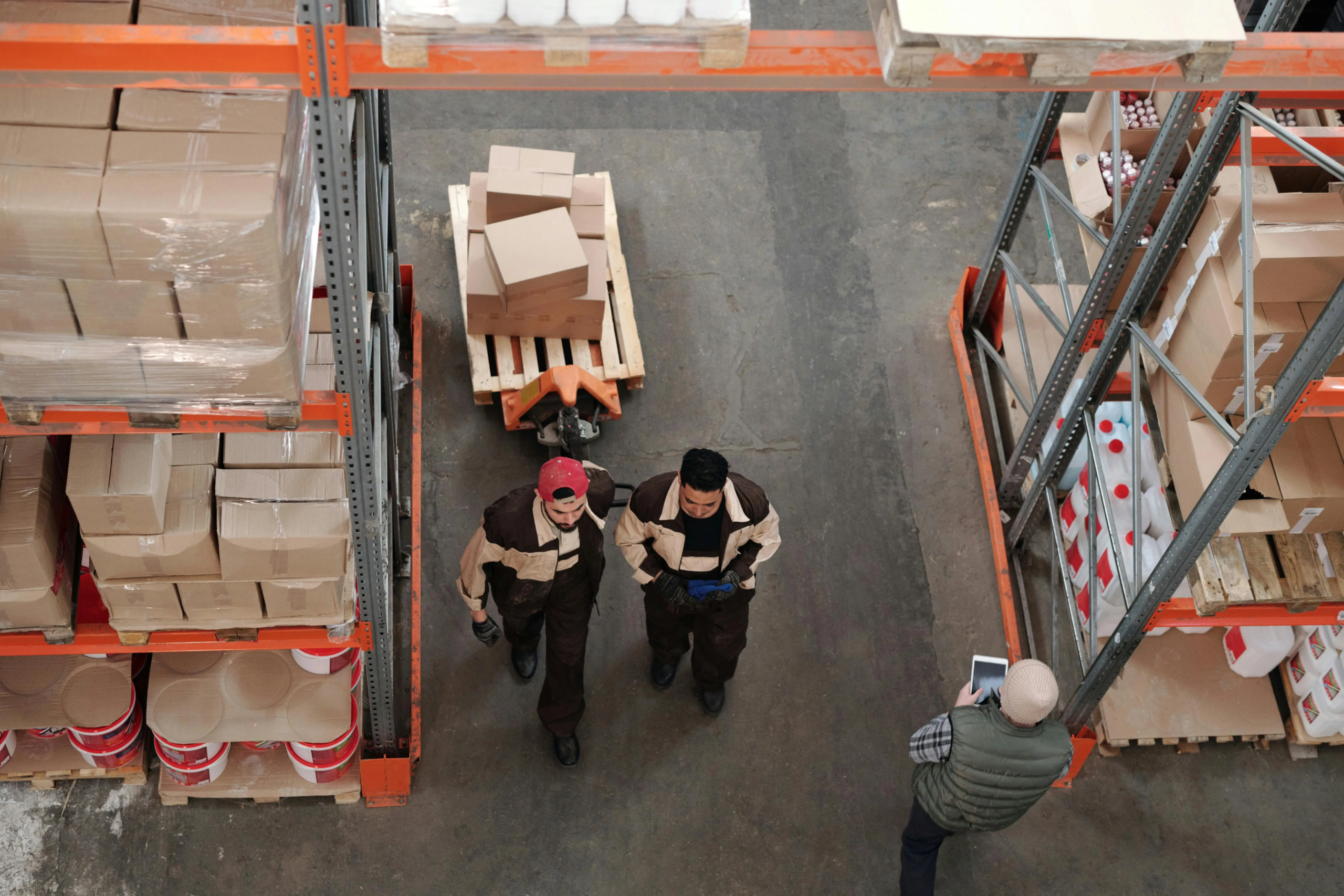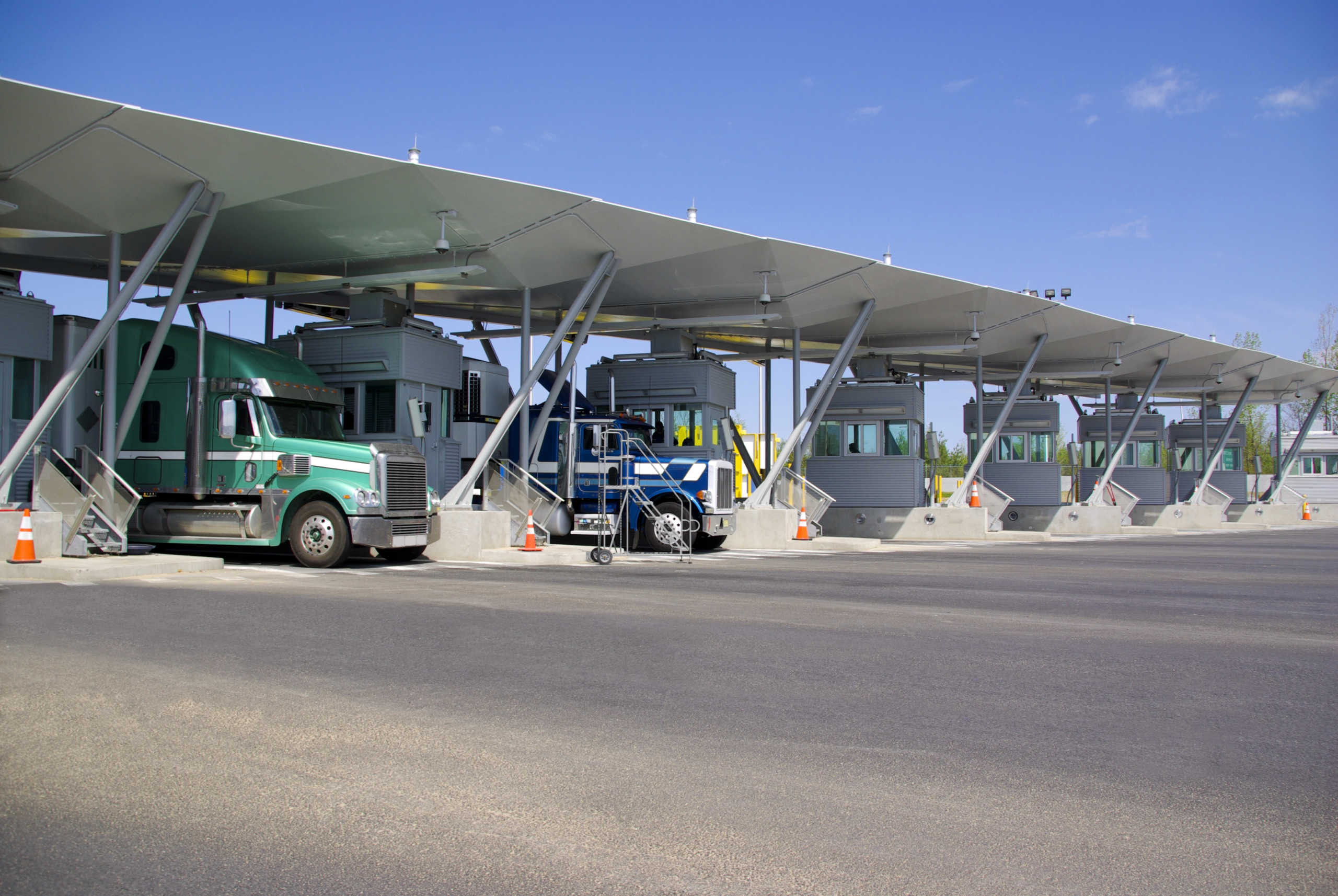The modern transportation industry evolves rapidly, and businesses need to stay competitive will always be actual. Adaptation to changing market conditions means utilizing the most efficient and innovative approaches to supply chain management and integrated logistics probably can be viewed as such. Let’s take a look at this comprehensive method.
What is Integrated Logistics?
The term Integrated Logistics is used to describe the coordinated management of various supply chain components involved in the movement and storage of goods from their point of origin to their final destination such as order processing, warehousing, inventory management, and transportation. Utilizing the Integrated Logistics method streamlines supply chain management and eliminates silos by enhancing collaboration between different functions. It also increases overall efficiency and reduces costs.
The concept of integrated logistics since its starting point in the 1950s has evolved significantly. Initially, it was focused on basic logistics and transportation, but later with the flow of time, it expanded to a more comprehensive strategy thanks to globalization and increasing supply chain complexity. In the 1980s integrated logistics showed a shift towards a holistic perspective, integrating all logistics functions to boost efficiency and competitiveness. Lately, in the 1990s, with the rapid advent of information technology, integrated logistics gained power through advanced real-time data analysis and management systems.
Importance of Integrated Logistics
Today, thanks to Integrated Logistics, businesses have better visibility across the entire goods supply chain. Integrated Logistics plays a critical role in business – it provides access to data in real-time, which helps companies monitor any small fluctuations in customer demands and market trends so they can make informed decisions and respond to market changes.
What is the Difference Between Logistics and Integrated Logistics?
The main difference between Traditional Logistics and Integrated Logistics lies in the approach to tasks: while Traditional Logistics focuses on transportation or warehousing – that is, specific tasks, Integrated Logistics takes a holistic approach, integrating all activities together. Solving problems by taking into account the interdependencies within the supply chain and coordinating all functions to improve overall efficiency is a main advantage of Integrated Logistics over Traditional Logistics. Also, customer focus is another key difference between them: while traditional Logistics prioritizes cost reduction, Integrated Logistics deals with reducing delivery times, product availability, and adapting to changing market demands.
Key Components of Integrated Logistics
Transportation Management
Effective transportation management is one of the key dependencies of an integrated logistics strategy, as in order to work as intended, integrated logistics requires careful planning, monitoring, and execution of all transportation activities. One of the best ways to achieve this and increase overall performance is the implementation of a transport management system (TMS).
Warehousing and Distribution
Integrated Logistics strategy needs all supply chain functions to be tightly coordinated with distribution and warehousing activities, making this component of strategy crucial to its success.
Inventory Management
As optimizing inventory levels within the supply chain is one of the strategy’s main goals, leveraging real-time data and using advanced techniques can overall reduce carrying costs, maintain optimal inventory levels, and minimize stockouts to meet customer demand.
Order processing
An integrated logistics strategy provides increased accuracy, and faster turnaround times, thus increasing customer satisfaction by ensuring optimized order processing, including the processing, receipt, and fulfillment of customer orders.
Information Technology
The use of modern IT technologies is a priority for any area of business, so an Integrated Logistics strategy surely does not bypass them, but on the contrary becomes even more effective thanks to such advanced technologies as resource planning (ERP) software, TMS platforms, and warehouse management systems (WMS).
Benefits of Integrated Logistics
Improved Efficiency
Reduced operating costs, faster turnaround times, and overall increased efficiency are the benefits guaranteed while using an integrated logistics strategy, thanks to its main philosophy of different supply chain functions and tight collaboration.
Greater visibility
Through advanced analytics and broad access to real-time data, integrated logistics provide better visibility across the entire supply chain, enabling businesses to more effectively monitor and manage operations by making better-informed decisions and responding more quickly to market changes.
Increased flexibility
The use of modern methods of integrated logistics allows a business to remain competitive, adapting to unstable customer demand, market trends, and external factors, while not hindering the opportunity to expand its opportunities in the market and develop.
Better Customer Service
Smooth Streamlined operations, a clockwork supply chain, and improved visibility lead to higher levels of customer service, increasing customer loyalty and satisfaction with your business service. This, in turn, increases competitiveness and allows you to expand your business opportunities over time.
Scalability
The strategy of integrated logistics allows the business to expand its sphere of influence to new markets. At the same time, the business may not be afraid to lose quality in the process, since the balanced method of Integrated Logistics will not allow to a single detail from the supply chain to be missed.
Conclusion
Integrated logistics management is one of the best modern strategies for upgrading and setting yourself up for success. Due to flexibility and efficiency, more and more businesses are starting to use this strategy and move forward, leaving outdated methods behind. By optimizing the supply chain and simplifying control over the management process, you can improve competitiveness and adapt to any market conditions without fear of turbulence.
Are you wondering how to most effectively implement integrated logistics in your business? Contact us now and let us help!



